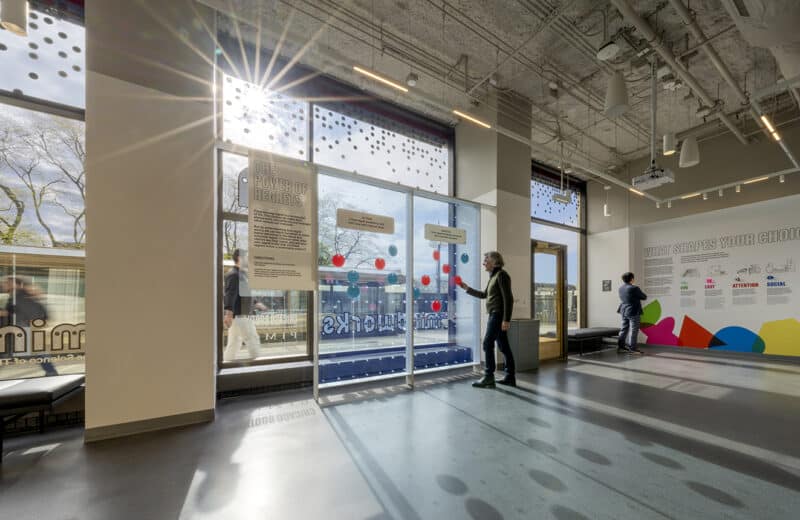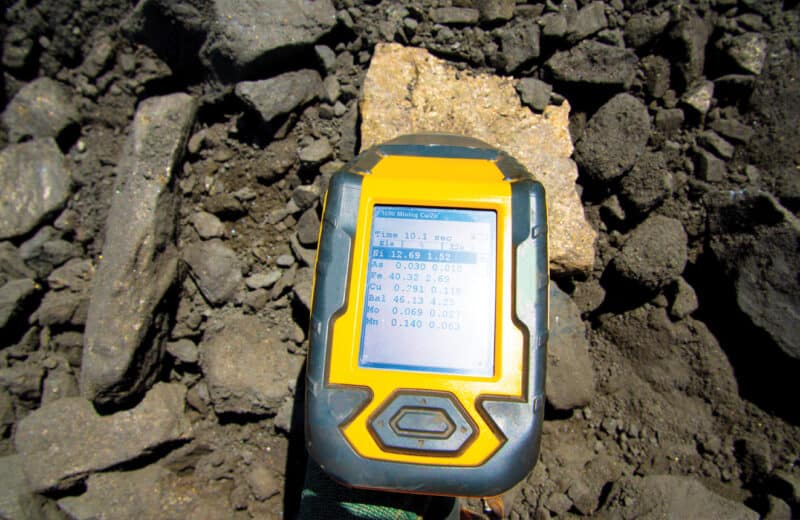Imagine an occupational therapy session next to a beautiful lake or in an art studio. When Michael Swayne goes to therapy at OSF Rehabilitation in Peoria, he might catch virtual fish or create an imaginary masterpiece. With a virtual reality (VR) technology called REAL y-Series, launched in 2022, occupational therapist Anne Horowitz helps Swayne improve his mobility and strength.
More than 3,000 people across the United States now use REAL technology in outpatient clinics, inpatient rehabilitation facilities, and assisted-living facilities. Studies indicate that combining conventional occupational therapy with VR leads to better outcomes than conventional therapy alone.
“What’s cool about this technology is that you have the headset with various different activities: balance, vision, arm function,” Horowitz says. “I can also do hands-on therapy because I can see what patients see on-screen, too.”
Horowitz works with people of all ages, treating spinal cord injuries, Parkinson’s disease, strokes, and more. She says she often gets better buy-in from patients using VR than with traditional occupational therapy — perhaps because it feels more like playing a game than doing therapy.
“You feel like you’re in this other area, such as outside catching balls or picking up a bird and putting it in a nest,” Horowitz says. “When I say, ‘Back to reality,’ sometimes patients ask, ‘Can I go back?’”












